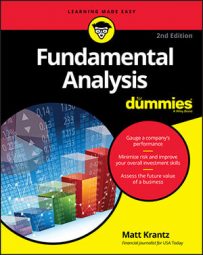During the call, the management team will go over the quarter or year, describe the information in the earnings press release, and answer questions from the analysts who cover the company's stock for research firms.
When you read or hear a company reported its financial results, the information almost always comes from the company's earnings press release. While earnings press releases are technically unofficial and preliminary, they're usually accurate enough for investors, analysts, and the news media to use the numbers immediately. It's important to remember, though, that the earnings press release is not reviewed by an accountant or auditor.
When companies issue an earnings press release, they will often notify the regulators by filing a form 8-K. The 8-K filing is the official way to signal to the world that the company has released critical information.Regulators do not directly stipulate what companies must say in earnings press releases. But generally, earnings press releases contain several key parts:
- Summary of the results: Most earnings press releases will give the numbers investors want most right at the top, maybe even in the headline. That includes the revenue and earnings the company generated during the quarter and how much it grew (or shrunk) from the same quarter last year.
Be leery when a company brags about a quarter being a "record" quarter. Even if a company's revenue rose to a record amount, its costs may have also run out of control and eaten into its earnings.
- Management comment: A member of the management team will usually opine on how the quarter went. As you might imagine, these statements are generally very carefully crafted, overly optimistic, and not particularly useful.
- Description of major business events during the year: Companies might break down — and even provide succinct bullet points — of the major accomplishments during the period.
- Guidance for the future: Most companies will often provide earnings guidance, or an estimate on how much the company might earn in the upcoming year or quarter. This guidance is important because it lets you know what the company expects in the near future.
- Financial statements: The earnings press release is the first glimpse investors will get of the company's income statement and balance sheet. These statements are among the most critical documents for fundamental data you'll get.
It's a good idea, when reading an earnings press release, to bypass most everything except the financial statements. While earnings press releases are intended to be honest representations of a company's performance, companies use the first parts of the earnings press release to put their performance in the best light. In contrast, the financial statements are the purest and least-biased parts of the press release.

